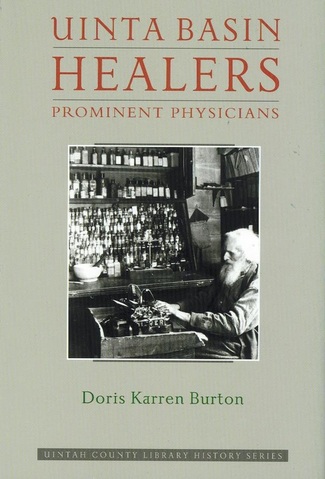Tag: Doris Karren Burton
-

Outlaw Trail Journal – Winter 2015
These booklets make a great gift for those folks who have everything. They have a great assortment of historical articles that are educational and entertaining. Get a subscription for the one you love!
-

Uinta Basin Healers
We are pleased to announce the publication of Uinta Basin Healers. The book is available at the Regional History Center. To order a copy please call (435)789-0091 ext 19. $30.00. Doris Karren Burton, Retired director of the Library’s Regional History Center, spent ten years researching and writing this book. Please note: Uinta is spelled without the “h” when…